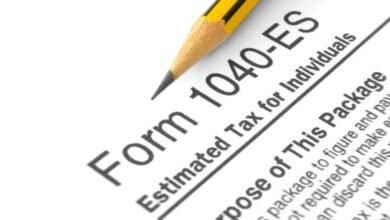Progressive, Proportional and Regressive Tax Systems

The progressive proportional and regressive tax systems is what we have here in the United States in our tax code. The progressive proportional tax refers to taxpayers being taxed more as they earn more. So the higher your income is the higher your tax liability.
On the other hand, there is regressive taxes which are basically the opposite of progressive proportional taxes where the less you earn, the more you pay in taxes. The proportional taxes aren’t that complicated though. There is a flat tax rate with proportional tax systems where every taxpayer pays the same amount in taxes. For example, every taxpayer pays 20 percent of income in taxes regardless of how much they earn.
The US federal income tax is a progressive proportional tax system. Otherwise, the rich would be paying less tax than the poor which doesn’t make sense in economies like ours. The perfect way you can understand this is by taking a look at the federal income tax brackets. The higher your taxable income, the higher the marginal tax rate your income is subject to.
Let’s take a look at the 2021 tax brackets for single filers.
| MARGINAL TAX RATE | SINGLE – MARRIED FILING SEPARATELY |
|---|---|
| 10% | $0 to $9,950 |
| 12% | $9,951 to $40,525 |
| 22% | $40,526 to $86,375 |
| 24% | $86,376 to $164,925 |
| 32% | $164,926 to $209,425 |
| 35% | $209,426 to $523,600 |
| 37% | $523,600+ |
As you can see from above, the more you earn, the higher you will pay in taxes. While proportional taxes might be fair in some cases, regressive tax systems aren’t for most economies. It seems unfair in most places where the poor pay a higher percentage in taxes than the rich. Therefore, regressive tax systems aren’t fair for most economies and aren’t used in many.





